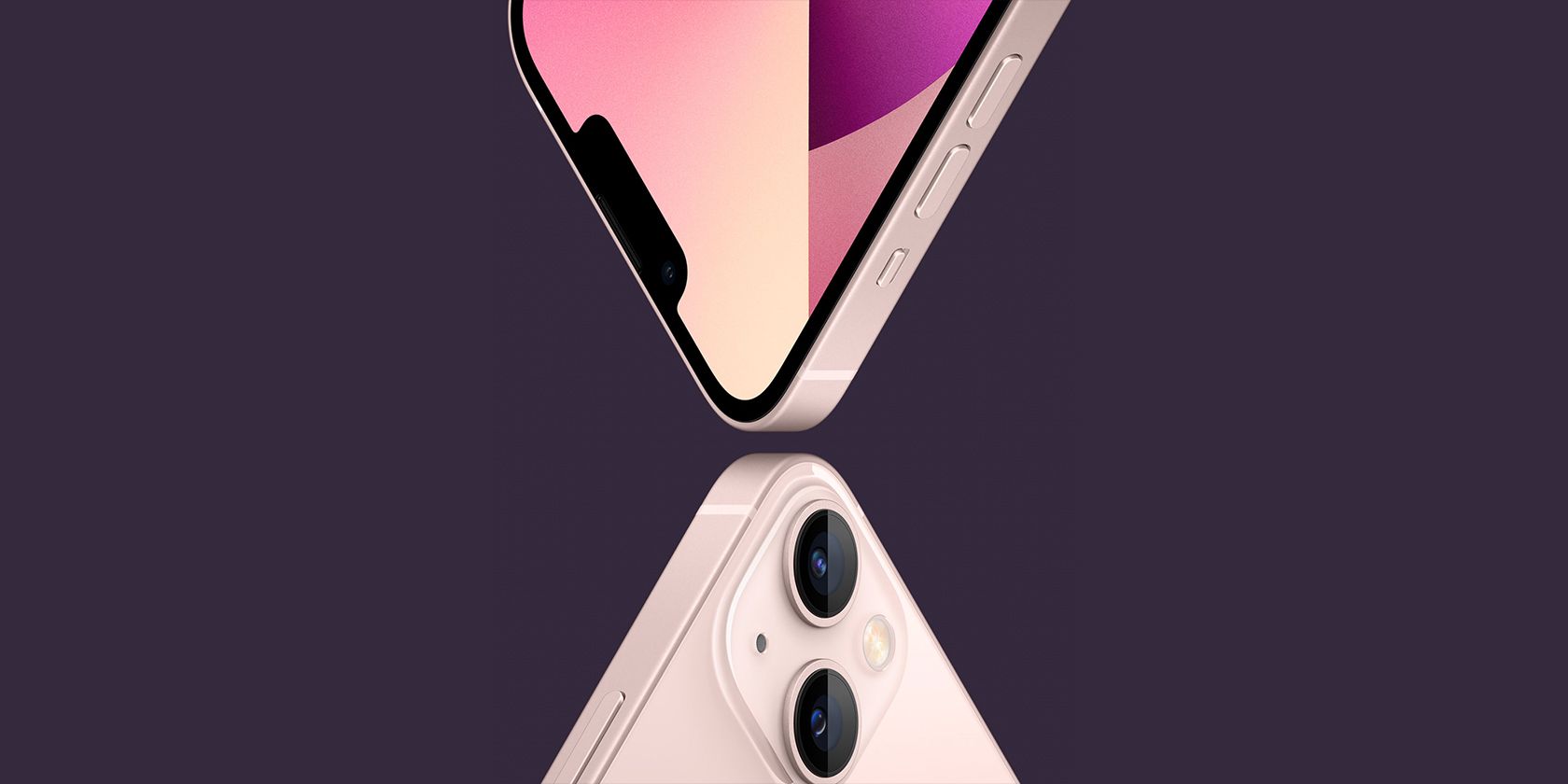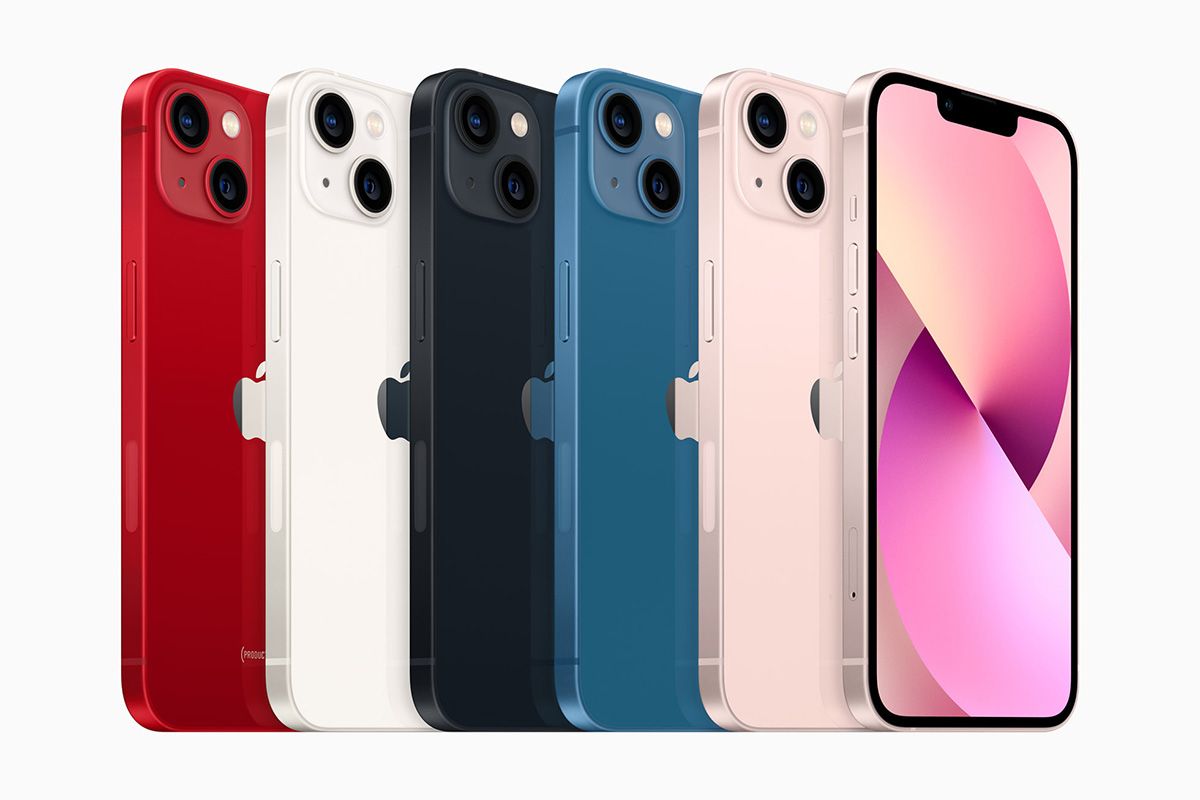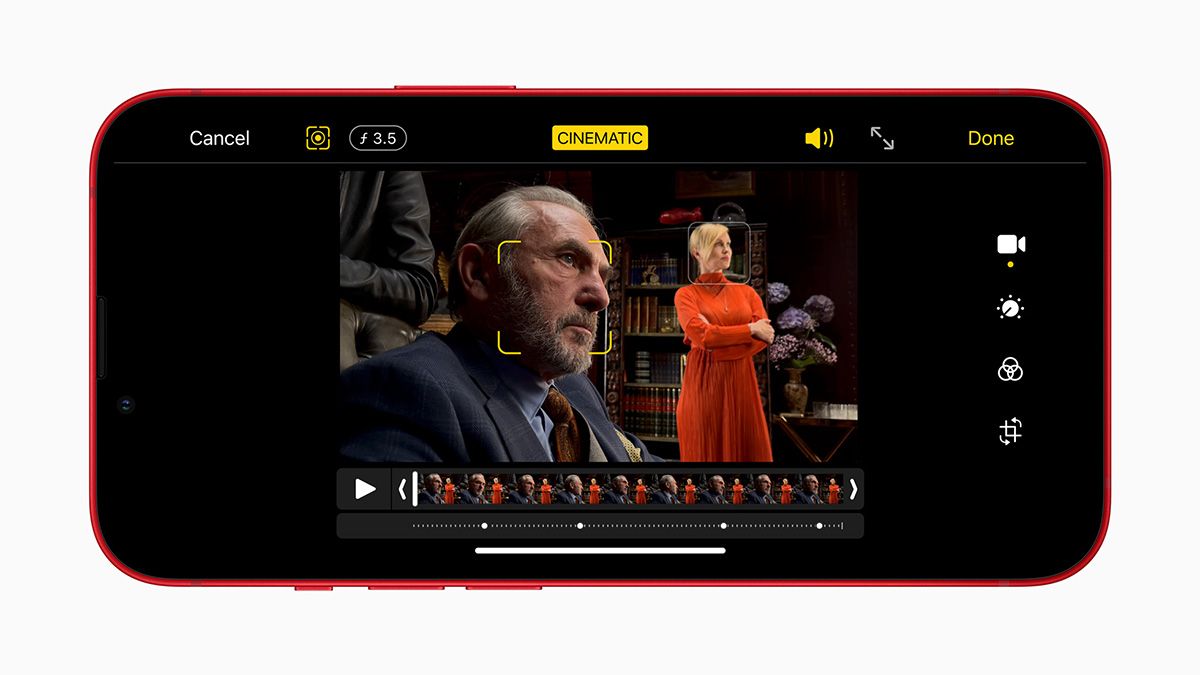Apple's September events are usually highly anticipated as they often feature the new iPhone lineup. This year was no different, with Apple releasing its new iPhone 13 lineup, including the iPhone 13, mini, Pro, and Pro Max models. The company showcased how the iPhone 13 builds upon the iPhone 12, including what's new.
During the pre-recorded virtual event, CEO Tim Cook talked about how Apple continues to make the iPhone "more capable, more powerful, and even more fun to use." The company also announced a new iPad and iPad mini, alongside the Apple Watch Series 7.
However, the showcase of the show was the new iPhone lineup. So we've covered the main differences between the iPhone 12 and iPhone 13 below.
The A15 Bionic Chip
The iPhone 12 runs on the A14 Bionic chip, which was the fastest chip in a smartphone until the introduction of A15—which the iPhone 13 runs on.
Apple says the A15 Bionic processor features over 15 billion transistors and loads graphics up to 30% faster than the A14. It has two new high-performance cores, four new efficiency cores, a faster four-core graphics processor, and a faster neural engine.
The company claims that the A15 processor is 50% faster than the smartphone competition and that competitors are still struggling to catch up with Apple's chips from two years ago.
Design
The iPhone 13 retains the same flat edge design that was introduced with the iPhone 12 series. The design took cues from Apple's previous iPhone 4, which was the first iPhone to feature the flat, rectangular design. The iPhone 13 also features the MagSafe charger introduced with the iPhone 12 lineup.
Those who wished for the iPhone's notch to be eliminated will be disappointed. The notch has been reduced by 20%—but unfortunately hasn't been removed. The back camera module has also been redesigned (with the cameras diagonally opposed, compared to being above one another), but apart from that, the iPhone 13 is visually nearly identical to the iPhone 12.
Battery
Apple claims the iPhone 13 and iPhone 13 mini will have longer battery life than their predecessors. Specifically, the iPhone 13 mini and iPhone 13 batteries will last 1.5 hours and 2.5 hours longer than the iPhone 12 mini and iPhone 12, respectively.
Camera
Apple has introduced a new wide camera sensor and lens in the iPhone 13 lineup. The tech giant says this is the largest camera sensor it has ever put into a dual-camera system on its phones. The iPhone 13 also gets the sensor-shift optical image stabilization system that was introduced on the iPhone 12 Pro Max last year. This helps the lens stabilize the image in various conditions. There's also a new ultra-wide camera sensor, as well.
The iPhone 13 also has improved video performance. Apple showcased a new feature called Cinematic Mode. This feature smoothly transitions the camera focus between different subjects based on what's happening in the frame. This is a cinematic effect most commonly seen in movies. The system is also intelligent enough to change focus when a subject looks away from the phone. You can also manually tap to change or lock focus on your preferred subject.
Cinematic Mode sounds like an interesting feature, but we'll have to test it out personally to see if it works as well as it sounds. Cinematic Mode is also available on the iPhone 13 mini.
5G Support
5G Support for the iPhone 13 has been expanded. Apple says 5G will work on 200 carriers in 60 countries by the end of 2021, though this will also be true for the iPhone 12, which also supports 5G.
Colors, Storage, and Pricing
Apple has kept the pricing the same this year; the iPhone mini starts at $699 while the iPhone 13 starts at $799.
Both phones ship with 128GB of storage (doubled from last year), which is a major upgrade over last year's model.
The iPhone 13 comes in five different colors: midnight, starlight, (PRODUCT)RED, blue, and pink.
Should You Upgrade?
This year's lineup is a minor upgrade over the iPhone 12. So, unless you're a real die-hard Apple fan that needs to have the latest iPhone model no matter what, we'd suggest sitting this one out if you've already got an iPhone 12.
Apple is known to introduce minor upgrades in between major upgrades (which was previously done with the "S" models), and that seems to be the case this year as well. However, if you're using an older version of an iPhone such as the iPhone X or XS, an upgrade may well be worthwhile (and even overdue).



